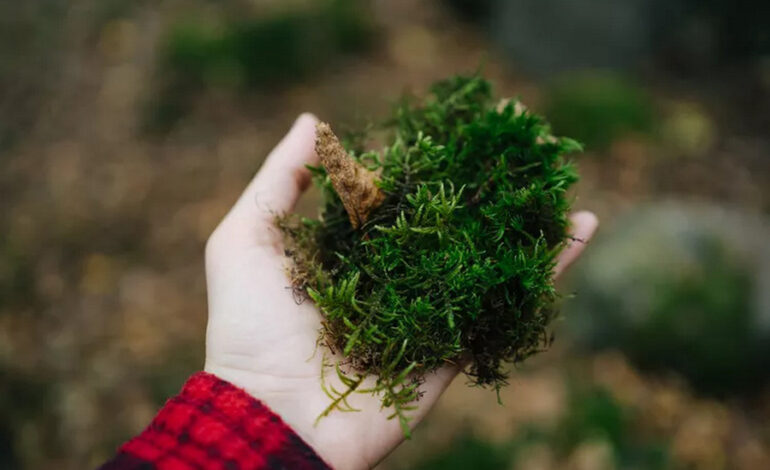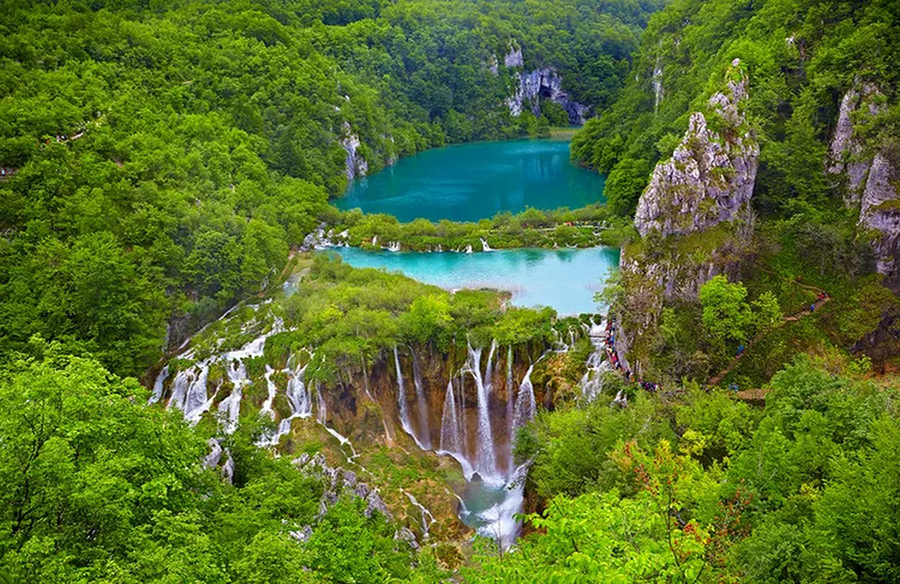Harnessing Biological Solutions for Environmental Cleanup

Bioremediation presents a promising avenue for ecological restoration and nature preservation, offering innovative ways to mitigate the environmental impacts of human activities. Through the use of plants, bacteria, and fungi, bioremediation endeavors to cleanse contaminated air, soil, and water, utilizing natural processes to rectify the damage caused by human-induced pollution.
Addressing Air Pollution
Biological carbon capture is a notable approach within bioremediation, leveraging the process of photosynthesis to capture carbon emissions. Projects like Algoland exemplify the potential of microalgae in sequestering carbon dioxide (CO2) while producing renewable biofuels and other valuable products. Similarly, biofiltration employs microorganisms to degrade volatile organic compounds in industrial emissions, offering an eco-friendly alternative to chemical scrubbing methods.
Furthermore, enzymatic processes and innovative solutions like the “City Tree” utilize biological mechanisms to combat atmospheric pollution, with mosses proving effective in absorbing nitrogen oxide, ozone, and particulate matter. These biological interventions not only contribute to carbon sequestration but also enhance air quality in urban environments.
Purifying Water
In the realm of water remediation, bioremediation techniques utilizing microorganisms are increasingly employed in bioreactors for decontaminating polluted water. Additionally, constructed wetland systems and vegetated swales serve as natural filtration systems, preventing runoff from contaminating surrounding ecosystems. The utilization of plants for water purification, known as phytoremediation, further enhances the ecological restoration of aquatic environments.
Revitalizing Soil
Mushrooms and hyperaccumulator plants play pivotal roles in soil bioremediation, with mycoremediation and phytoremediation serving as effective strategies for ecosystem restoration. Mushrooms contribute to waste remediation through biodegradation and biosorption processes, while hyperaccumulator plants extract heavy metals and pollutants from polluted soils, facilitating the restoration of contaminated landscapes.
A Path Forward
While bioremediation offers promising solutions for environmental cleanup, it is imperative to prioritize proactive measures to prevent environmental degradation. Reducing emissions and pollution remains crucial in mitigating the adverse impacts of human activities on natural ecosystems. As we transition to a post-carbon future, biological solutions complement our efforts towards sustainable environmental stewardship, offering hope for the remediation of environmental damage caused by human activities.












